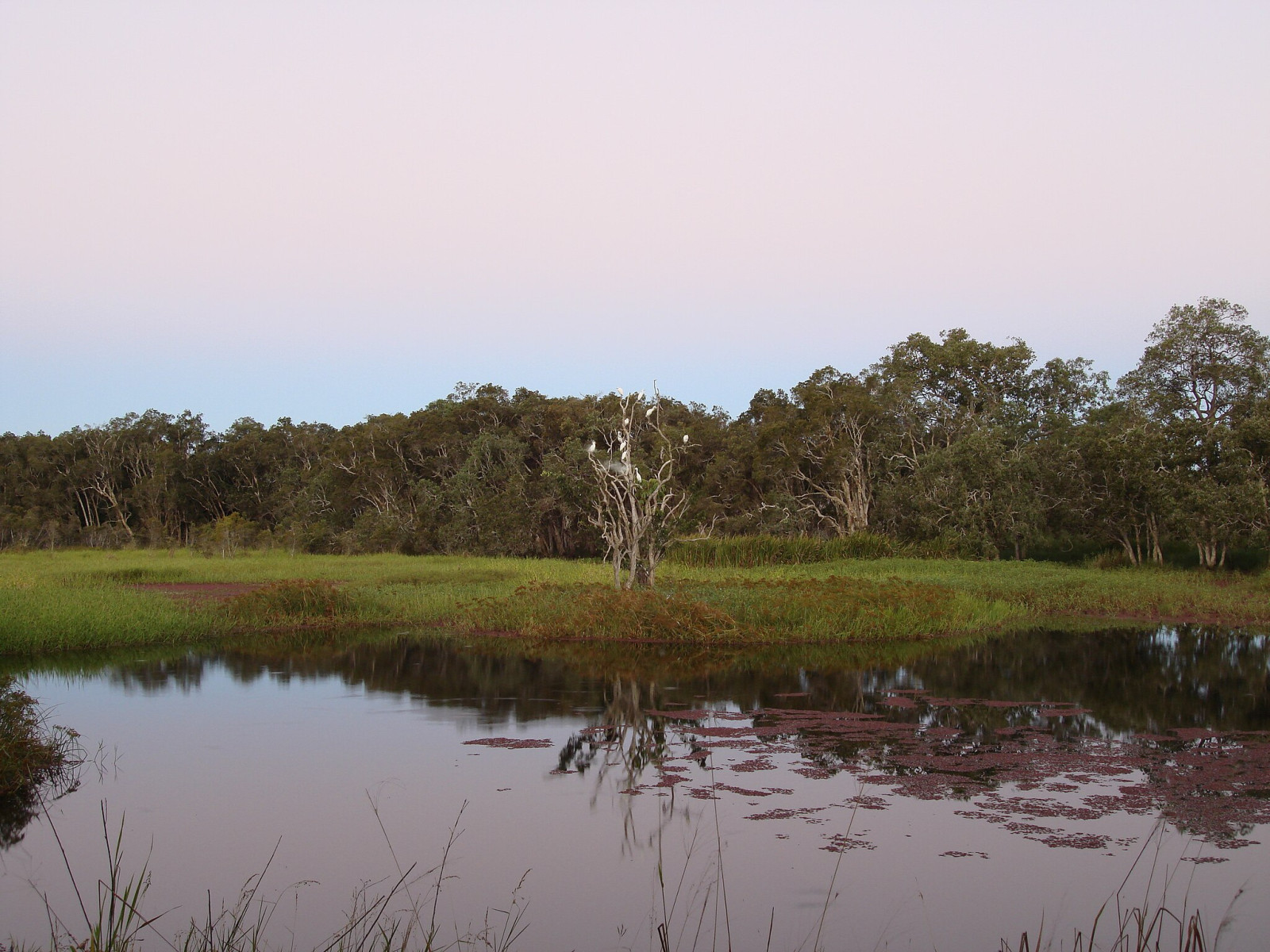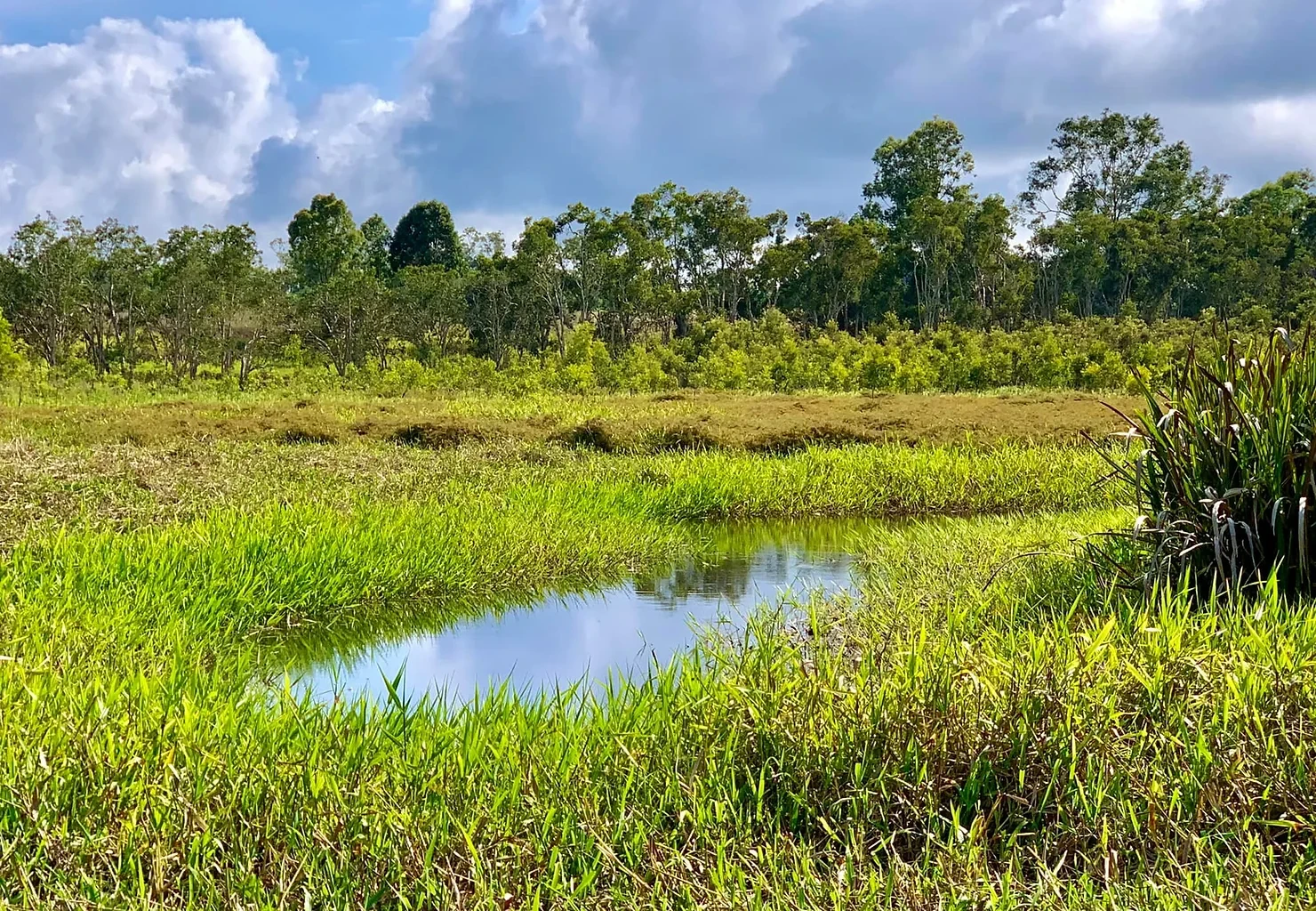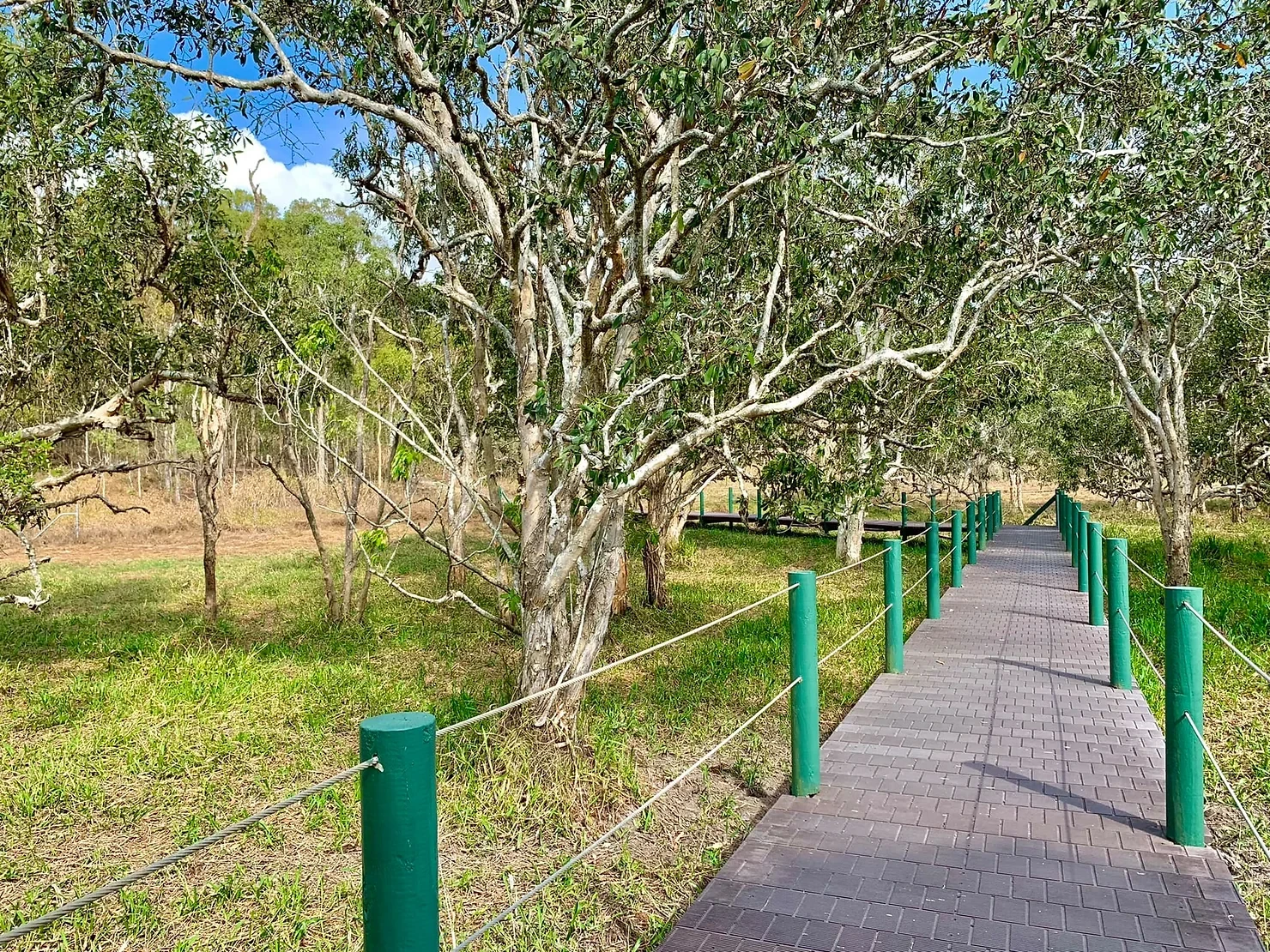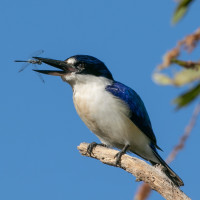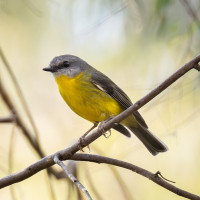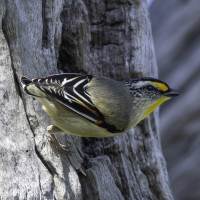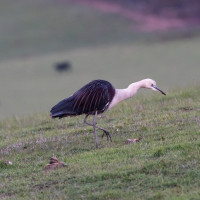Beschreibung
Abattoir Swamp takes its name from a nearby slaughterhouse, which operated from 1952 until the 1960’s. The swamp’s location makes it a valuable refuge in the wildlife corridors running between the Wet Tropics World Heritage Area with the drier savanna country of the Rifle Creek drainage. The swamp has had issues with an invasive grass overgrowing the open water resulting in many waterbirds no longer visiting.
Currently the open woodland area around the car park and adjoining paperbarks provide the most diversity of birds for visiting birdwatchers. Northern Fantail and Eastern Yellow Robin are probably the most obvious, with both species also nesting in the car park. But also many different species of aquatic birds like heron, ibis, spoonbill, and rail. When the paperbark trees are flowering large numbers of lorikeets and many different species of honeyeaters can also be seen in the area.
Details
Zugang
The Abattoir Swamp Environmental Park is situated just off the Mossman-Molloy Road, between Mt Molloy and Julatten on the Atherton Tableland. The park features a 75m long boardwalk to a large bird hide. Press P on the map for directions to the parking. As you make your way down the path to the bird hide there is a gate to the left that you are welcome to walk through to visit the little forest at the back of the swamp.
